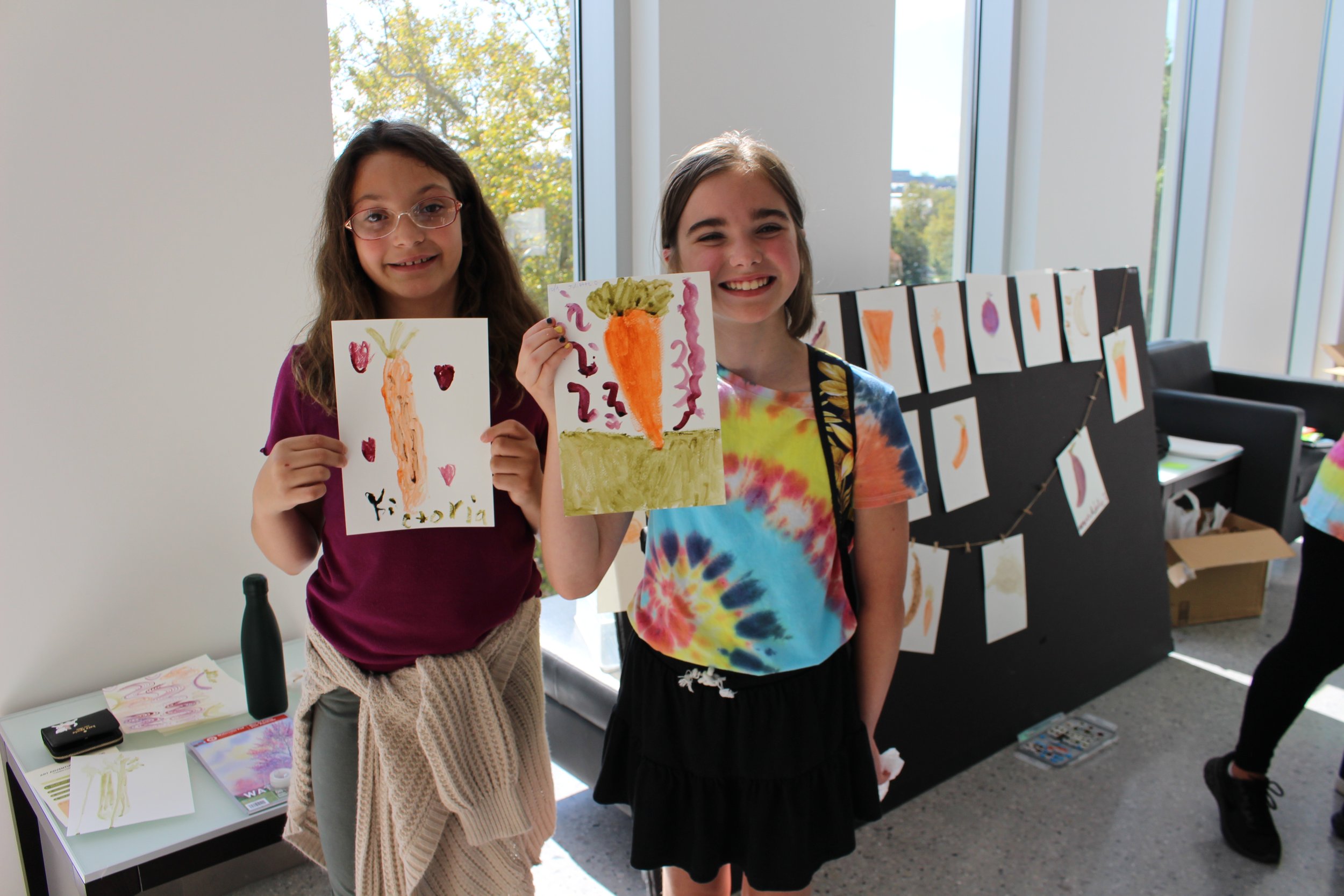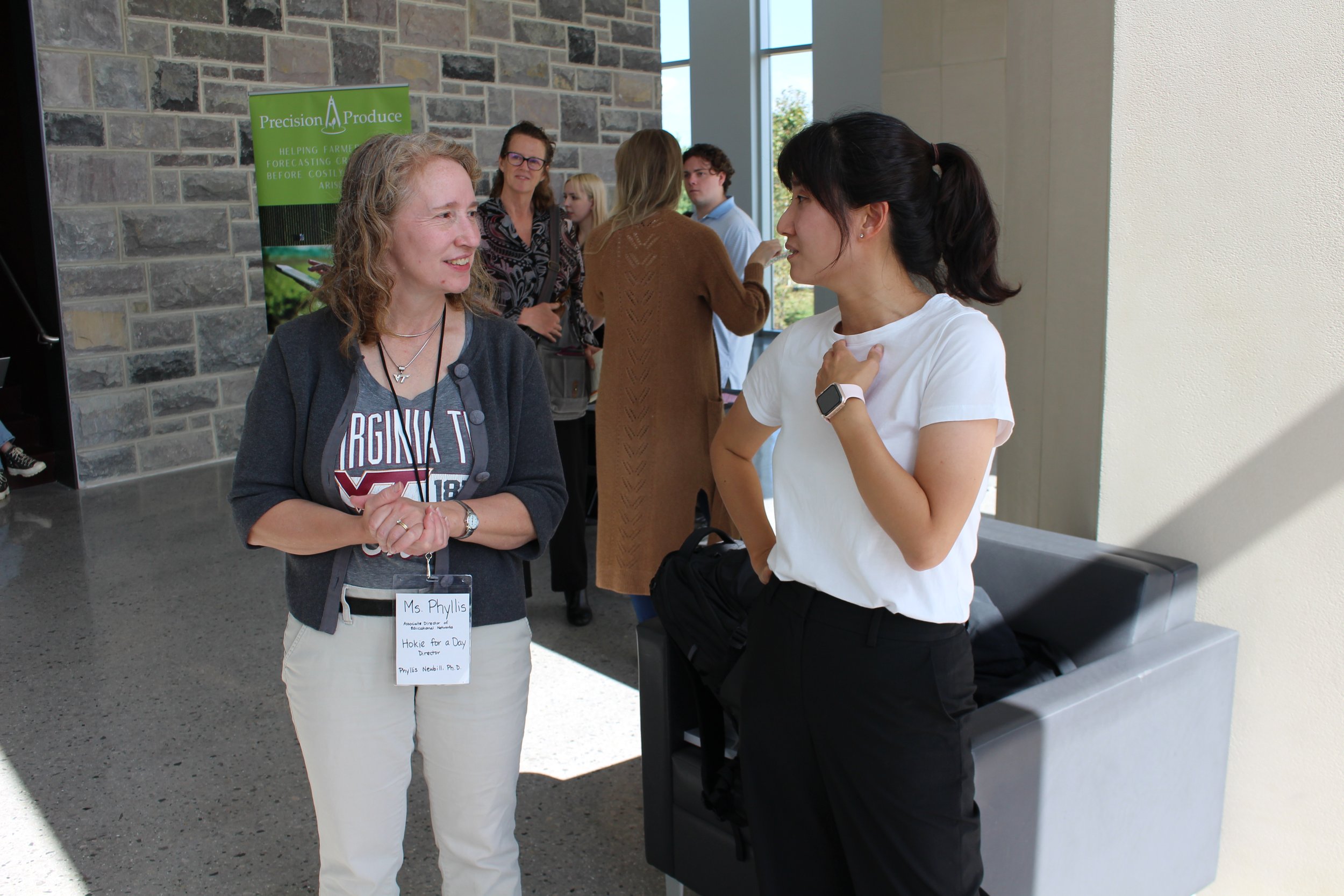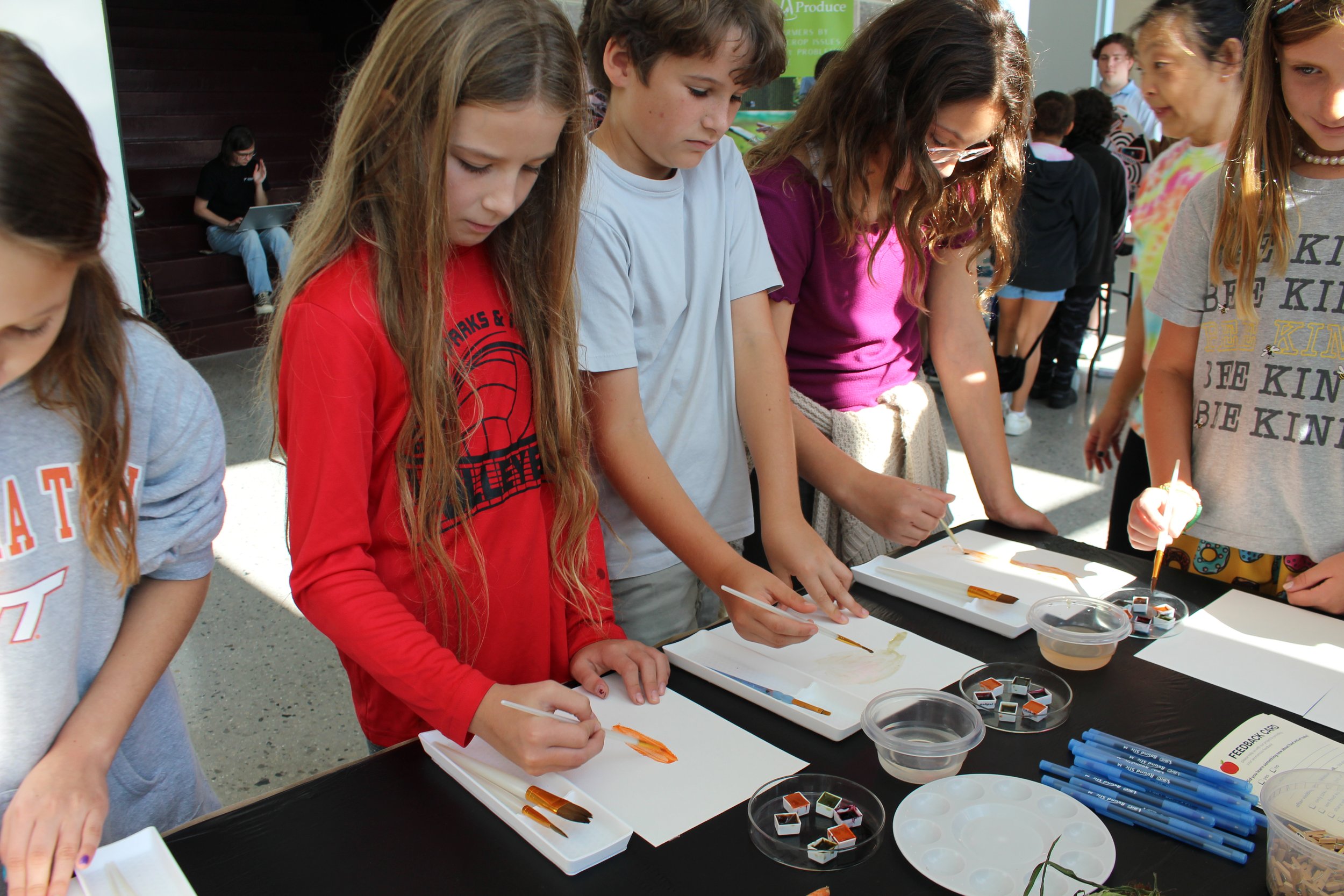








The Project
In the face of global food scarcity challenges, the overlooked issue of food waste in US school cafeterias calls for immediate attention. The food waste alone in U.S. schools to reach 530,000 tons annually, a substantial quantity of edible food, valued at approximately $5 million, remains unused on a daily basis within school cafeterias, with fruits and vegetables alone contributing to 19% of this waste. Recognizing the significant impact of school food services, we're committed to pioneering waste reduction and recycling initiatives.
School community thrives on the influence of peer actions and opinions. Leveraging this, we explore design opportunities to raise awareness and promote food waste recycling behaviors. We've engaged K-12 students in Virginia through a series of participatory workshops, exhibitions, and festivals, where they uncover the art of turning food waste into vibrant pigments for painting. This hands-on approach not only educates but also involves students in co-developing a toolkit for collecting and extracting pigments from food waste, equipping them with the tools necessary for sustainable practices. The results have been transformative. Students have emerged as enthusiastic advocates for recycling, influencing their peers and seeding a culture of sustainability within their schools. These initiatives are more than educational experiences; they're a movement towards empowering our youth to champion circular food systems and make a tangible impact on our environment.
Food waste sorted by students collected from Blacksburg Middle School
Here is how it works. We take food waste, run it through the tools we have designed and we end up with powder pigments. Using these powder pigments and traditional paint-making methods, we create paints that are ready to use for kids and adults alike.

